Alberta
Equalization program disincentivizes provinces from improving their economies
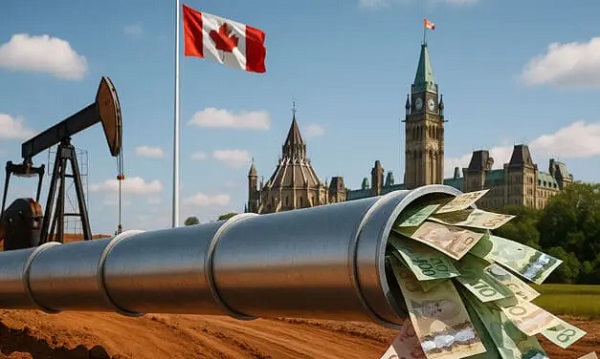
From the Fraser Institute
By Tegan Hill and Joel Emes
As the Alberta Next Panel continues discussions on how to assert the province’s role in the federation, equalization remains a key issue. Among separatists in the province, a striking 88 per cent support ending equalization despite it being a constitutional requirement. But all Canadians should demand equalization reform. The program conceptually and practically creates real disincentives for economic growth, which is key to improving living standards.
First, a bit of background.
The goal of equalization is to ensure that each province can deliver reasonably comparable public services at reasonably comparable tax rates. To determine which provinces receive equalization payments, the equalization formula applies a hypothetical national average tax rate to different sources of revenue (e.g. personal income and business income) to calculate how much revenue a province could generate. In theory, provinces that would raise less revenue than the national average (on a per-person basis) receive equalization, while province’s that would raise more than the national average do not. Ottawa collects taxes from Canadians across the country then redistributes money to these “have not” provinces through equalization.
This year, Ontario, Quebec, Manitoba and all of Atlantic Canada will receive a share of the $26.2 billion in equalization spending. Alberta, British Columbia and Saskatchewan—calculated to have a higher-than-average ability to raise revenue—will not receive payments.
Of course, equalization has long been a contentious issue for contributing provinces including Alberta. But the program also causes problems for recipient or “have not” provinces that may fall into a welfare trap. Again, according to the principle of equalization, as a province’s economic fortunes improve and its ability to raise revenues increases, its equalization payments should decline or even end.
Consequently, the program may disincentivize provinces from improving their economies. Take, for example, natural resource development. In addition to applying a hypothetical national average tax rate to different sources of provincial revenue, the equalization formula measures actual real-world natural resource revenues. That means that what any provincial government receives in natural resource revenue (e.g. oil and hydro royalties) directly affects whether or not it will receive equalization—and how much it will receive.
According to a 2020 study, if a province receiving equalization chose to increase its natural resource revenues by 10 per cent, up to 97 per cent of that new revenue could be offset by reductions in equalization.
This has real implications. In 2018, for instance, the Quebec government banned shale gas fracking and tightened rules for oil and gas drilling, despite the existence of up to 36 trillion cubic feet of recoverable natural gas in the Saint Lawrence Valley, with an estimated worth of between $68 billion and $186 billion. Then in 2022, the Quebec government banned new oil and gas development. While many factors likely played into this decision, equalization “claw-backs” create a disincentive for resource development in recipient provinces. At the same time, provinces that generally develop their resources—including Alberta—are effectively punished and do not receive equalization.
The current formula also encourages recipient provinces to raise tax rates. Recall, the formula calculates how much money each province could hypothetically generate if they all applied a national average tax structure. Raising personal or business tax rates would raise the national average used in the formula, that “have not” provinces are topped up to, which can lead to a higher equalization payment. At the same time, higher tax rates can cause a decline in a province’s tax base (i.e. the amount of income subject to taxes) as some taxpayers work or invest less within that jurisdiction, or engage in more tax planning to reduce their tax bills. A lower tax base reduces the amount of revenue that provincial governments can raise, which can again lead to higher equalization payments. This incentive problem is economically damaging for provinces as high tax rates reduce incentives for work, savings, investment and entrepreneurship.
It’s conceivable that a province may be no better off with equalization because of the program’s negative economic incentives. Put simply, equalization creates problems for provinces across the country—even recipient provinces—and it’s time Canadians demand reform.
Alberta
Provincial pension plan could boost retirement savings for Albertans

From the Fraser Institute
By Tegan Hill and Joel Emes
In 2026, Albertans may vote on whether or not to leave the Canada Pension Plan (CPP) for a provincial pension plan. While they should weigh the cost and benefits, one thing is clear—Albertans could boost their retirement savings under a provincial pension plan.
Compared to the rest of Canada, Alberta has relatively high rates of employment, higher average incomes and a younger population. Subsequently, Albertans collectively contribute more to the CPP than retirees in the province receive in total CPP payments.
Indeed, from 1981 to 2022 (the latest year of available data), Alberta workers paid 14.4 per cent (annually, on average) of total CPP contributions (typically from their paycheques) while retirees in the province received 10.0 per cent of the payments. That’s a net contribution of $53.6 billion from Albertans over the period.
Alberta’s demographic and income advantages also mean that if the province left the CPP, Albertans could pay lower contribution rates while still receiving the same retirement benefits under a provincial pension plan (in fact, the CPP Act requires that to leave CPP, a province must provide a comparable plan with comparable benefits). This would mean Albertans keep more of their money, which they can use to boost their private retirement savings (e.g. RRSPs or TFSAs).
According to one estimate, Albertans’ contribution rate could fall from 9.9 per cent (the current base CPP rate) to 5.85 per cent under a provincial pension plan. Under this scenario, a typical Albertan earning the median income ($50,000 in 2025) and contributing since age 18, would save $50,023 over their lifetime from paying a lower rate under provincial pension plan. Thanks to the power of compound interest, with a 7.1 per cent (average) nominal rate of return (based on a balanced portfolio of investments), those savings could grow to nearly $190,000 over the same worker’s lifetime.
Pair that amount with what you’d receive from the new provincial pension plan ($265,000) and you’d have $455,000 in retirement income (pre-tax)—nearly 72 per cent more than under the CPP alone.
To be clear, exactly how much you’d save depends on the specific contribution rate for the new provincial pension plan. We use 5.85 per cent in the above scenario, but estimates vary. But even if we assume a higher contribution rate, Albertan’s could still receive more in retirement with the provincial pension plan compared to the current CPP.
Consider the potential with a provincial pension contribution rate of 8.21 per cent. A typical Albertan, contributing since age 18, would generate $330,000 in pre-tax retirement income from the new provincial pension plan plus their private savings, which is nearly one quarter larger than they’d receive from the CPP alone (again, $265,000).
Albertans should consider the full costs and benefits of a provincial pension plan, but it’s clearly Albertans could benefit from higher retirement income due to increased private savings.
Alberta
OPEC+ chooses market share over stability, and Canada will pay
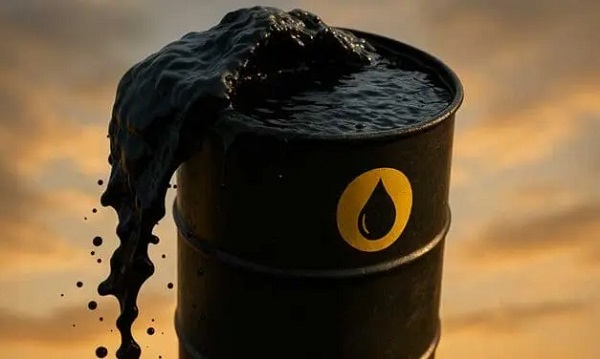
This article supplied by Troy Media.
OPEC+ output hike could sink prices, blow an even bigger hole in Alberta’s budget and drag Canada’s economy down with it
OPEC and its allies are flooding the global oil market again, betting that regaining lost market share is worth the risk of triggering a price collapse.
On Sept. 7, eight of its leading members agreed to boost production by 137,000 barrels per day beginning in October. That move, taken more than a year ahead of schedule, marks the start of a second major unwind of previous output cuts, even as warnings of a supply glut grow. OPEC+, a coalition led by Saudi Arabia and Russia, coordinates oil production targets in an effort to influence global pricing.
This isn’t oil politics in a vacuum. It’s a direct blow to Alberta’s finances, and a growing threat to Canada’s economic stability.
Canada’s broader economy depends heavily on a strong oil and gas sector, but no province is more directly reliant on resource royalties than Alberta, where oil revenues fund everything from hospitals to schools.
The province is already forecasting a $6.5-billion deficit by spring. A further slide in oil prices would deepen that gap, threatening everything from vital programs to jobs. Every drop in the benchmark West Texas Intermediate price, currently averaging around US$64, is estimated to wipe out another $750 million in annual revenue.
When Alberta’s finances falter, the ripple effects spread across the country. Equalization transfers from Ottawa to have-not provinces decline. Private investment dries up. Energy-sector jobs vanish not just in Alberta, but in supplier and service industries nationwide. Even the Canadian dollar takes a hit, reflecting reduced confidence in one of the country’s key economic engines. When Alberta stumbles, Canada’s broader economic momentum slows with it.
The timing couldn’t be crueller. October marks the end of the summer driving season, typically a lull for fuel demand. Yet extra supply is about to hit a market already leaning bearish. Oil prices have dropped roughly 15 per cent this year; Brent crude is treading just above US$65, still well beneath April’s lows.
But OPEC+ isn’t alone in raising the taps. Non-OPEC producers in Brazil, Canada, Guyana and Norway are all increasing production. The International Energy Agency warns global supply could exceed demand by as much as 500,000 barrels per day.
The market is bracing for a sustained price war. Alberta is staring down the barrel.
OPEC+ claims it’s playing the long game to reclaim market share. But gambling on long-term gains at the cost of short-term pain is reckless, especially for Alberta. The province faces immediate financial consequences: revenue losses, tougher budget decisions and diminished policy flexibility.
To make matters worse, U.S. forecasts are underwhelming, with an unexpected 2.4-million-barrel build in inventories. U.S. production remains at record highs above 13.5 million barrels per day, and refinery margins are shrinking. The signal is clear: demand isn’t coming back fast enough to absorb growing supply.
OPEC+ may think it’s posturing strategically. But for Canada, starting with Alberta, the fallout is real and immediate. It’s not just a market turn. It’s a warning blast. And the consequences? Jobs lost, public services cut and fiscal strain for months ahead.
Canada can’t direct OPEC. But it can brace for the fallout—and plan accordingly.
Toronto-based Rashid Husain Syed is a highly regarded analyst specializing in energy and politics, particularly in the Middle East. In addition to his contributions to local and international newspapers, Rashid frequently lends his expertise as a speaker at global conferences. Organizations such as the Department of Energy in Washington and the International Energy Agency in Paris have sought his insights on global energy matters.
Troy Media empowers Canadian community news outlets by providing independent, insightful analysis and commentary. Our mission is to support local media in helping Canadians stay informed and engaged by delivering reliable content that strengthens community connections and deepens understanding across the country
-

 Business2 days ago
Business2 days agoCanada Post is broken beyond repair
-
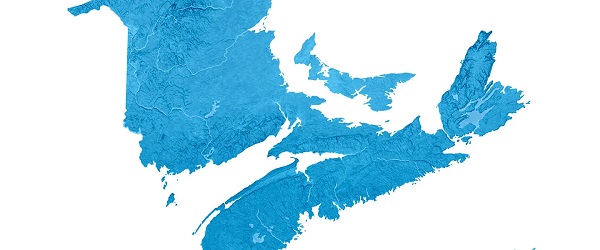
 Alberta2 days ago
Alberta2 days agoMaritime provinces can enact policies to reduce reliance on Alberta… ehem.. Ottawa
-

 Business2 days ago
Business2 days agoCanada can’t allow so many people to say ‘no’ to energy projects
-

 International2 days ago
International2 days agoNepal Tried To Censor The Internet. Young People Set Parliament on Fire.
-
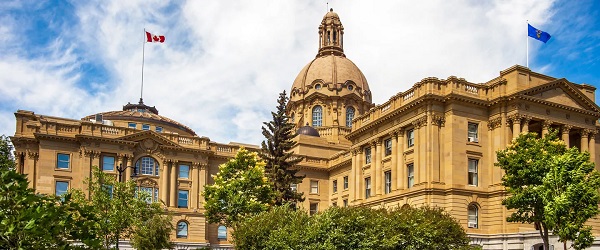
 Alberta2 days ago
Alberta2 days agoYes Alberta has a spending problem. But it has solutions too
-

 Crime2 days ago
Crime2 days agoCharlotte train killer hit with federal murder charge, faces max penalty
-

 Business1 day ago
Business1 day agoHealth-care costs for typical Canadian family will reach over $19,000 this year
-
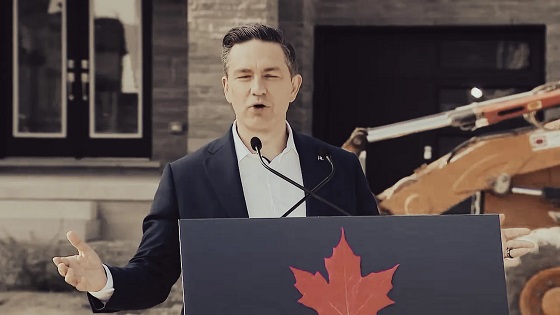
 Business1 day ago
Business1 day agoPoilievre: “Carney More Irresponsible Than Trudeau” as Housing, Jobs, and Energy Failures Mount










